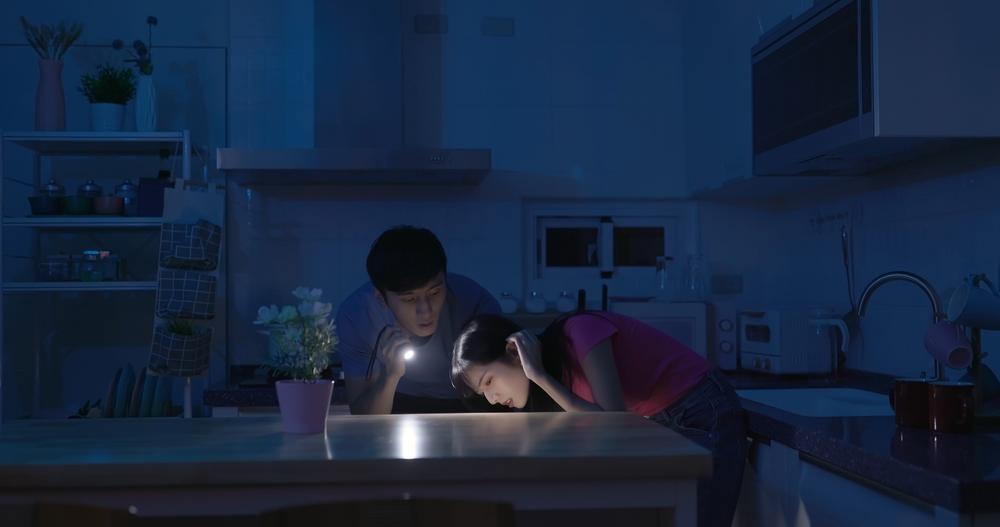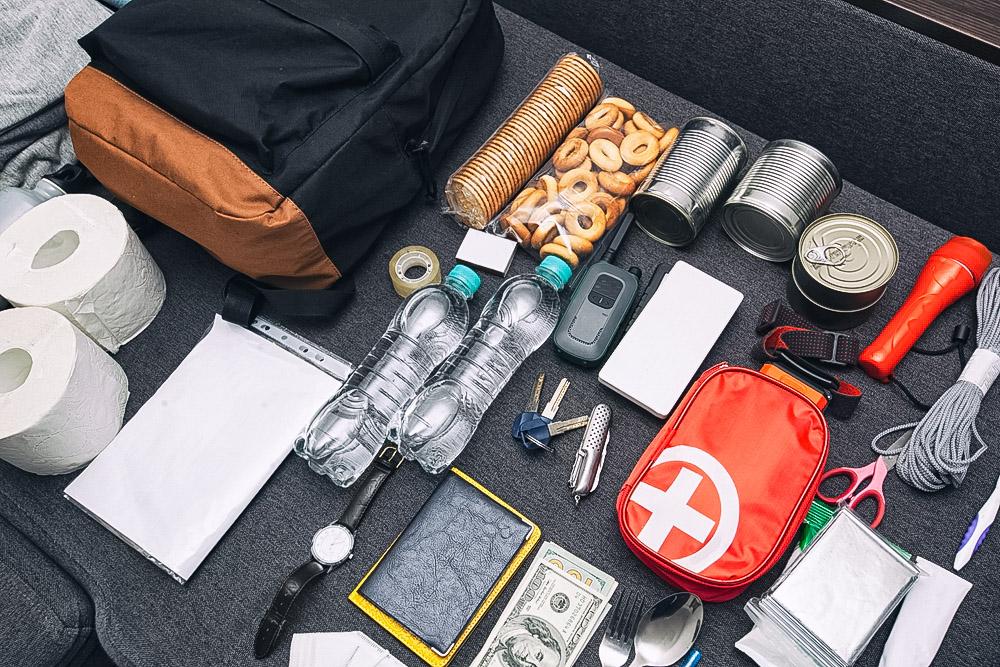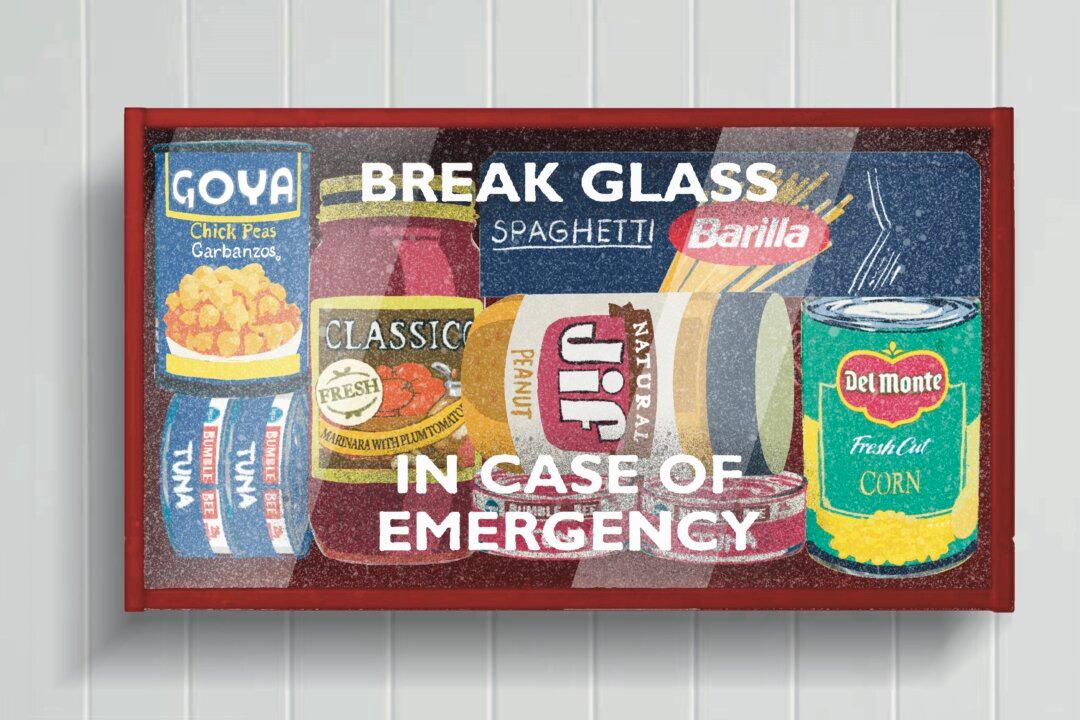We may earn a commission from qualifying purchases, which supports truthful and independent journalism.
They say you don’t appreciate what you have till it’s gone, and that’s never more true than during a power outage when the lights go out. Suddenly your world is plunged into darkness, and stubbing a toe on a cabinet or tripping over an extension cord is a real possibility.Safety is a factor, and lighting creates a comforting and secure environment. This is particularly important when you have children in the household, and there are plenty of adults who are afraid of the dark, too.





